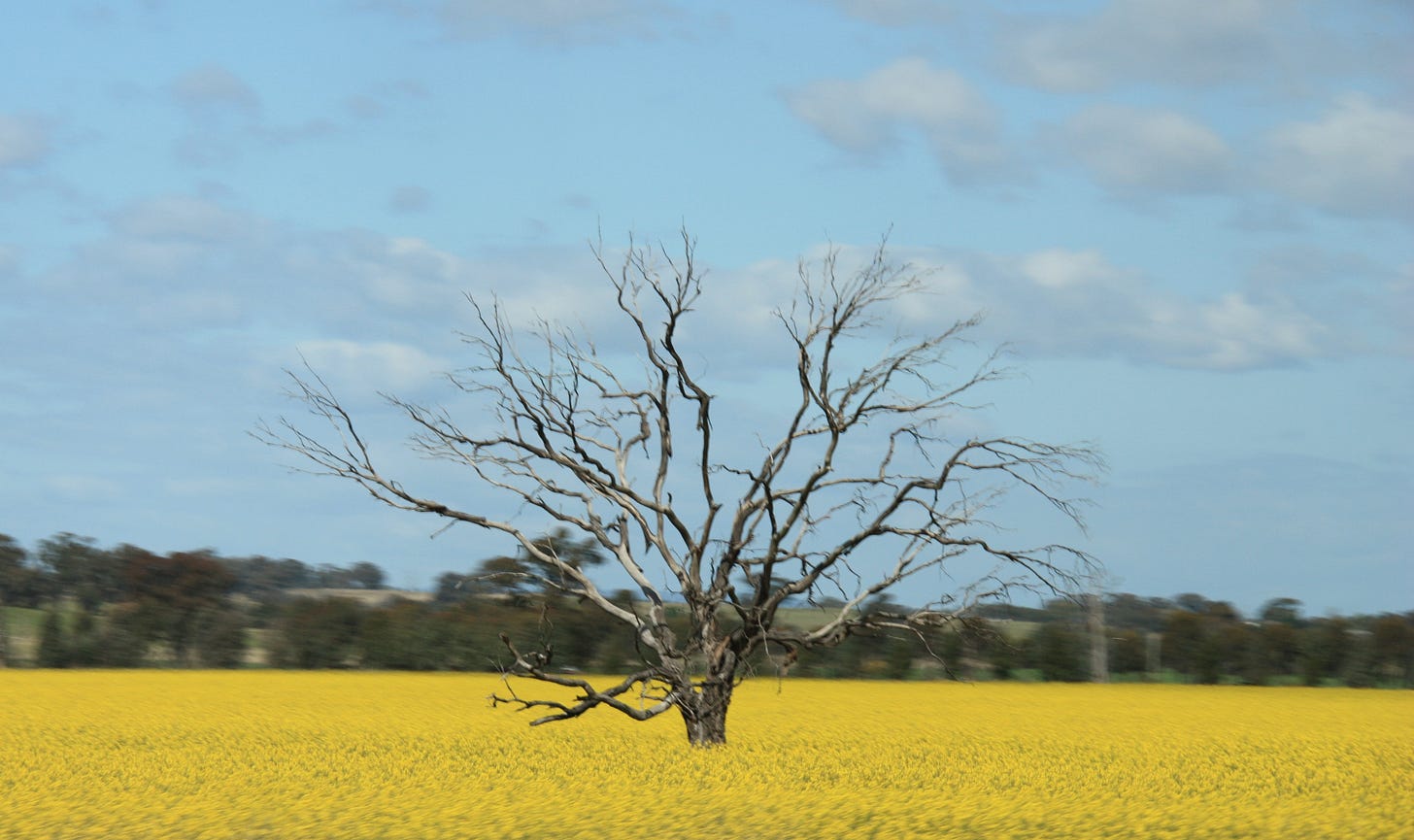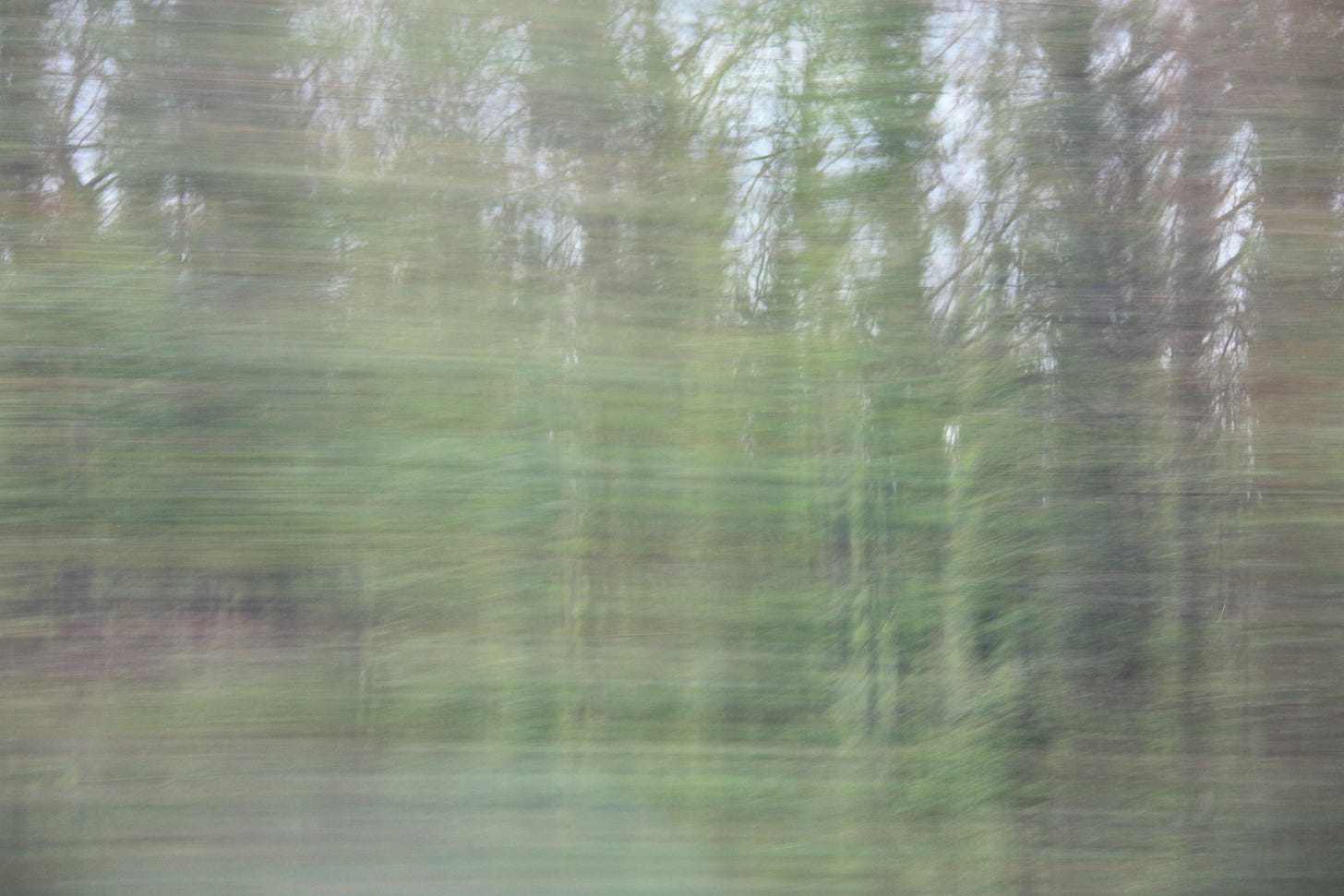A bonus Turnstone and announcement
Understanding the dangers of deliberate deceit (3 minute read)
I’ve long had an interest in the way people can have widely diverging opinions about the risks of things like vaccines and pesticides. This interest dates back to my days working on controlling the weeds affecting public conservation land. I was passionate about organic home gardening, but I could see that this approach wasn’t feasible for protecting our native plants and animals. There were difficult choices we had to make. I never liked using pesticides, but I also valued our native species and wanted them to survive.
I discussed pesticides with people who had a wide range of opinions. I had constructive conversations with people who were opposed to all pesticides. I learned about the depth of feeling among anti-1080 activists.

I remember one particular time when someone who was an advocate against using pesticides came to speak with me. We had a good conversation, and I offered her the opportunity to spend a day with one of the staff whose job it was to control weeds on the edge of a national park. She went, and she came back just as determined that she wouldn’t use pesticides and that she wouldn’t let the council spray anything near her property, but willing to accept that what we were doing on the edge of the park was reasonable.
I spent a lot of time thinking and learning about risk communication, particularly influenced by the work of Peter Sandman. During my years working on biosecurity risk assessment, lessons from Peter Sandman made me a better risk communicator. Much of what he taught was common sense, but common sense isn’t always common. Sometimes, it’s so rare it’s practically a superpower.
Years later, when the world was grappling with COVID-19, I remembered those experiences. Vaccines were under development, and when they became available, I could see a storm coming. Many of the people supporting vaccines weren’t sticking to the principles of good risk communication. That is what prompted me to write a whole series about vaccine conversations as well as articles looking into the history and science of vaccines. It also got me interested in climate change communication, because I could see some parallel issues. Although it seemed to be the opposite problem – in the case of vaccines, it was people believing something generally safe was deadly, in the case of climate change, that something dangerous was harmless – at the core it was about risk.
Although I understood that people could have very different opinions on risks, what I didn’t know much about was the role of disinformation. I largely assumed that the strange beliefs people held about vaccines, pesticides and climate change – beliefs which had no relationship with credible evidence – were the result of well-intentioned wrongness. I didn’t realise the extent to which those with vested interests were polluting the information stream. Part of the problem was not well-intentioned but wrong people. It was people lying in order to make more money.
Disinformation is not a new problem. People have lied to make money for centuries, if not millennia. However, the ways we get information now have made it much more influential.
So, when I saw that there was an upcoming course about disinformation and climate change, with a New Zealand focus, I was keen. The main drawback? I work just about every hour available to me, including Thursday evenings, when the course is held.
I decided to do the course, but, to make up for the loss of time I’d normally spend writing The Turnstone, I’m going to focus the next couple of months on disinformation, since that is what I’ll be learning about. I will still keep up with my series on islands. There will be some articles on important scientific issues (I’m working on articles about antibiotic resistance and artificial intelligence, but can’t say when they will be complete). But I’ll also be sharing what I learn about disinformation with you.







I'll be following with deep interest, Melanie. This is an issue I run into continuously. I've written a piece specifically about it, and it touches much of what I cover. I'm excited to learn about the New Zealand perspective.
A great topic. Resolution seems always to fret about logic when our feelings are the challenge. My observation about vaccines at least in the US was a generation of ill-informed lefties polluted the dialog for a generation. Hollywood darlings like Robert DeNiro kept shouting stupid stuff. Donald Trump opened the floodgates for righties to do the same. My sense. is independent of your politics, unless you are willing to call both of them buffoons, we are lost. My sense is most people highlight one, not the other. Ignorance is ignorance.